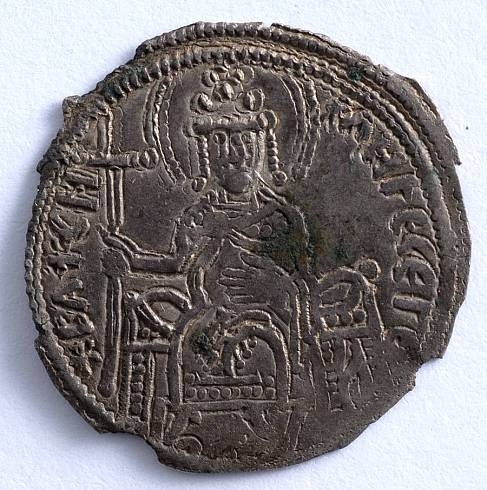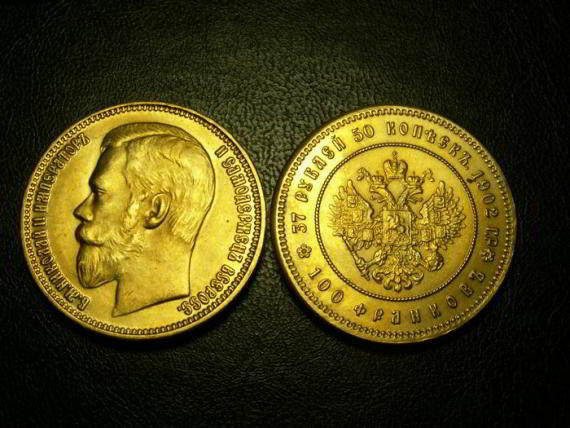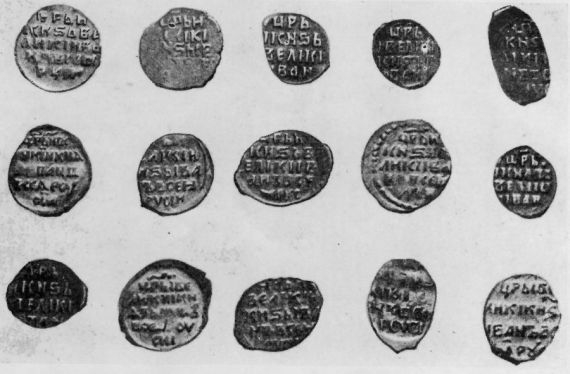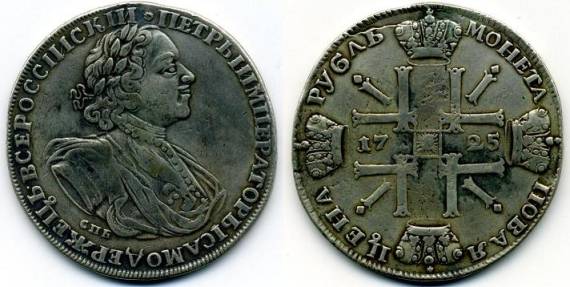coin room
Old Russian monetary system
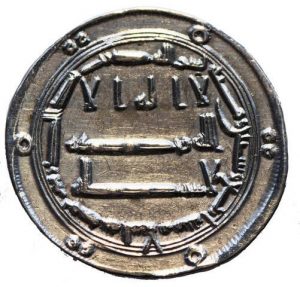 For quite a long time, the fact has been noticed that treasures belonging to the period from the 9th to the 11th century contain quite a lot of fragments and scraps of coins. And this is not a coincidence at all, since there are treasures consisting entirely of small fragments. On such fragments, sometimes there are monetary legends, the names of rulers, dates of minting, and similar inscriptions.
For quite a long time, the fact has been noticed that treasures belonging to the period from the 9th to the 11th century contain quite a lot of fragments and scraps of coins. And this is not a coincidence at all, since there are treasures consisting entirely of small fragments. On such fragments, sometimes there are monetary legends, the names of rulers, dates of minting, and similar inscriptions.
When the coins correspond to some definite and well-known weight, then the seller who received them will simply calculate the amount of metal that the op receives from the proceeds of any goods, or from the services provided to them. Scales for weighing coins are necessary for him only to carry out a control check – no more. Continue reading
Monetary reform of 1654
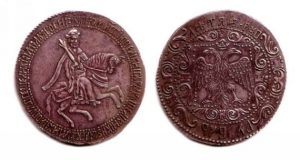 In the 17th century, the epoch in monetary business ended, when absolutely any individual, which was usually a privileged and secular society, could bring material for making coins. The state finally and irreversibly took control of the mints, and supplied raw materials exclusively from its treasury. In this regard, the coins began to lose their stability, and their value gradually began to fall.
In the 17th century, the epoch in monetary business ended, when absolutely any individual, which was usually a privileged and secular society, could bring material for making coins. The state finally and irreversibly took control of the mints, and supplied raw materials exclusively from its treasury. In this regard, the coins began to lose their stability, and their value gradually began to fall.
This instability of money played into the hands of counterfeiters. They could easily start minting coins, almost without fear that they would be severely punished for it. Continue reading
Recovery of monetary business in Russia
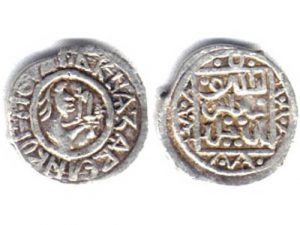 After a rather long period of coin-less commodity circulation, in 1380 under the Grand Duke Dmitry Donskoy, the coins regained their function. In addition, the revival of the coin case also occurred in the Nizhny Novgorod principality.
After a rather long period of coin-less commodity circulation, in 1380 under the Grand Duke Dmitry Donskoy, the coins regained their function. In addition, the revival of the coin case also occurred in the Nizhny Novgorod principality.
From the found coins of that era, it can again be boldly asserted that money again mainly performed the primary function of propaganda and information, since the images on the coins were dedicated to nothing but the victory of Prince Dmitry Donskoy over the Tatars. It is worth noting that initially the coins were issued with the inscription “Grand Duke Dmitry”, but later his middle name was attributed – Ivanovich. Continue reading
